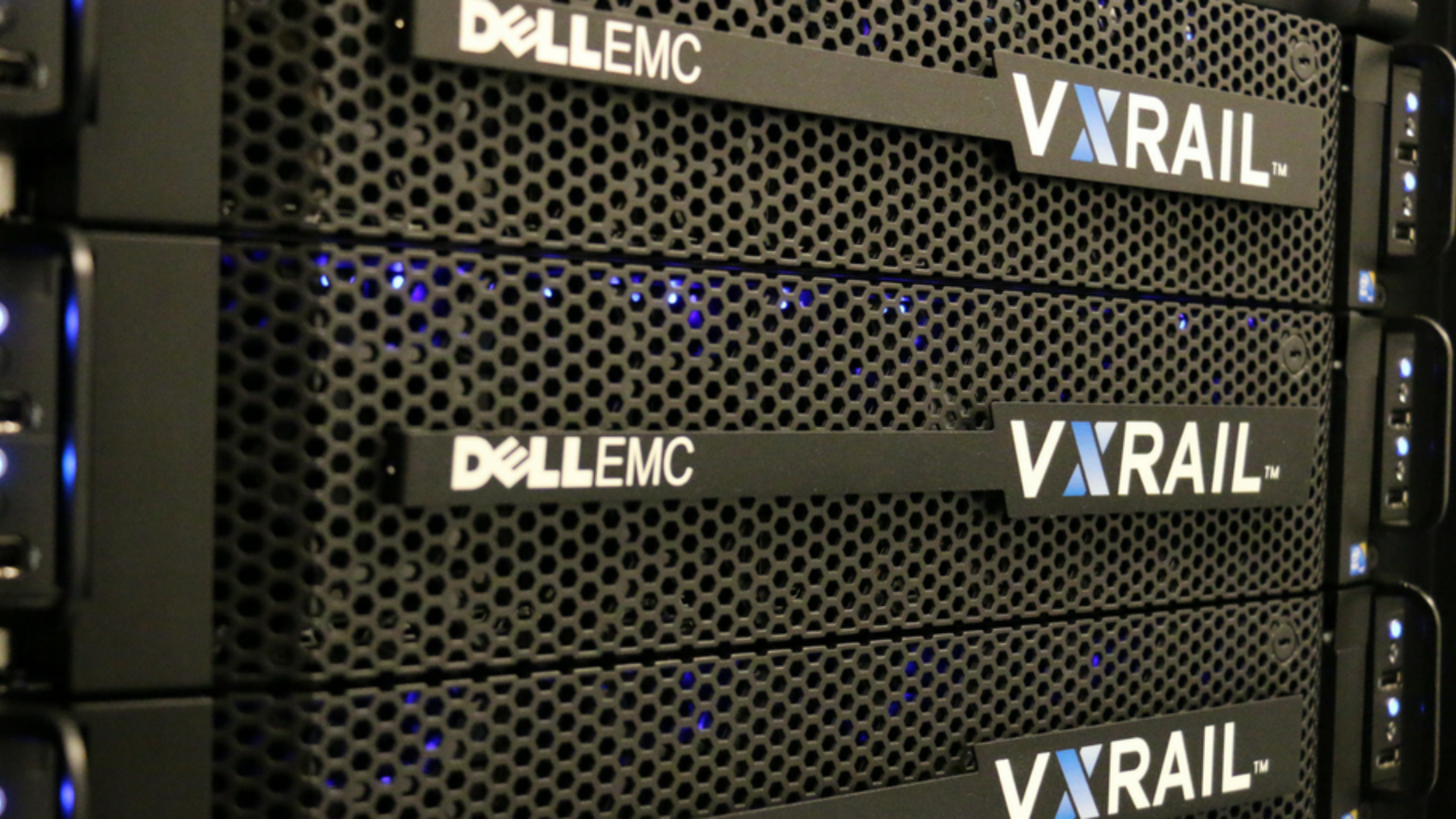The VMware landscape has seen dramatic shifts following Broadcom’s acquisition of VMware, with the discontinuation of critical hardware partnerships and most notably, Broadcom’s end of the collaboration with Dell on VxRail appliances.
As a result, many customers are now navigating a maze of licensing, hardware, and support uncertainties that threaten to disrupt their VMware-based virtualized environments.
This article explores the components of VxRail, the challenges facing customers today, and the options available for those seeking an alternative to the evolving Broadcom-driven VMware ecosystem.
What is VxRail?
VxRail is an integrated HCI (Hyper-Converged Infrastructure) appliance that combines five key components into a single package:
- Server Hardware: The physical compute and storage infrastructure (typically Dell PowerEdge servers).
- VxRail Manager: A vCenter plugin that simplifies the deployment and orchestration of VxRail nodes.
- VMware vSphere: The hypervisor that powers virtual machines.
- VMware vCenter: The management platform for vSphere.
- VMware vSAN: The storage solution that integrates with the VxRail hardware to create a hyper-converged environment.
How Broadcom’s Acquisition is Impacting VxRail Customers
The Broadcom acquisition has had far-reaching implications for customers relying on VMware and Dell’s VxRail offerings. Among the most pressing changes:
- End of TLA (Transformational License Agreements): Dell no longer offers TLAs for VMware, forcing many customers into the more restrictive and often more expensive Broadcom licensing models.
- Rising Costs: Many VxRail customers are seeing cost increases associated with the new subscription models and have voiced concerns over the lack of transparent and timely support from Broadcom and VMware.
Why Customers are Migrating
-
Reduce Complexities While VxRail has been popular among small-to-medium-sized deployments, some customers have been left dissatisfied, particularly with slow and cumbersome upgrades. A frequent reproach is that the additional layer of Dell-specific management tools obfuscates what is, in essence, a fairly standard VMware stack. Migrating to an open stack offers the possibility to both lower licensing costs and rid of those complexities.
-
Reduce Licensing Costs The main result of VMware licensing and pricing changes is that organizations are now questioning whether they should continue with VxRail or explore alternative solutions. We frequently hear from customers who are keen to migrate away from VMware, but are unsure how to proceed with VxRail appliances that tightly integrate software and hardware. The process is thankfully a lot simpler than it seems, as we will see in this article.
Vates on VxRail: A Step-by-Step Guide
If you’re among the many customers now considering alternatives to VMware but not ready yet for a tech refresh, it is possible to transition away from while retaining full control of your Dell hardware and software environment. Here’s how you can achieve this migration:
1. Update Firmware Using the PowerEdge Equivalent
For customers with VxRail appliances, the hardware is often based on Dell PowerEdge servers.
For example, a VxRail P570F is based on the PowerEdge R740xd, while an E460 appliance is derived from the PowerEdge R630.
To convert the appliance to a non-VxRail system, we use the iDRAC interface to update firmware and reconfigure the server.
This process can be simplified across large deployments by scripting the reconfiguration using Ansible, ensuring a consistent and efficient transition. Our team has successfully assisted many customers in automating this process.
2. Wipe Appliance Storage
Once the hardware is reconfigured and the firmware updated, the next step is to wipe the appliance storage.
This clears the data from the VxRail environment, setting the stage for a fresh deployment of a new virtualization solution.
3. Deploy an Open-Source Virtualization Stack
Rather than staying locked into the VMware ecosystem, customers can adopt a fully open-source stack like Vates VMS.
We deploy:
- XCP-ng (Xen Hypervisor)
- Xen Orchestra for management
- XOSTOR for HCI storage
These tools provide a high level of feature parity with VMware’s offerings — at a fraction of the cost, without the vendor lock-in, and with a 24x7x1 SLA.
By leveraging those open solutions, you can retain control over your infrastructure, reduce costs, and avoid the complex licensing structures imposed by Broadcom and VMware.
Why Choose Alternatives to VxRail?
Moving away from VxRail doesn’t mean sacrificing functionality or performance. In fact, Vates, a partner of Forward Systems, has deep experience helping customers transition from VMware-based environments to the XCP-ng ecosystem. Here’s why you might consider this shift:
- Cost Reduction: XCP-ng and Xen Orchestra deliver the core features of VMware vSphere, vCenter, and vSAN at a significantly lower cost.
- No Vendor Lock-in: Unlike VMware, XCP-ng is fully open-source, ensuring that you aren’t tied to a specific vendor for upgrades, patches, or support.
- Automated Management: With tools like Xen Orchestra, management is intuitive and automated, reducing the overhead associated with manual interventions.
If you’re unsure about making the move or want to see how it works in practice, Forward Systems can help guide you through the migration process.
Contact Us for a Tailored Solution
At Forward Systems, we understand that migrating away from VxRail and VMware can seem daunting. Our team can take care of the heavy-lifting through every step of the process, from hardware reconfiguration to the deployment of a fully open-source virtualization stack.
Contact us for a presentation on how we can help your organization transition smoothly to a more flexible and cost-effective infrastructure:
